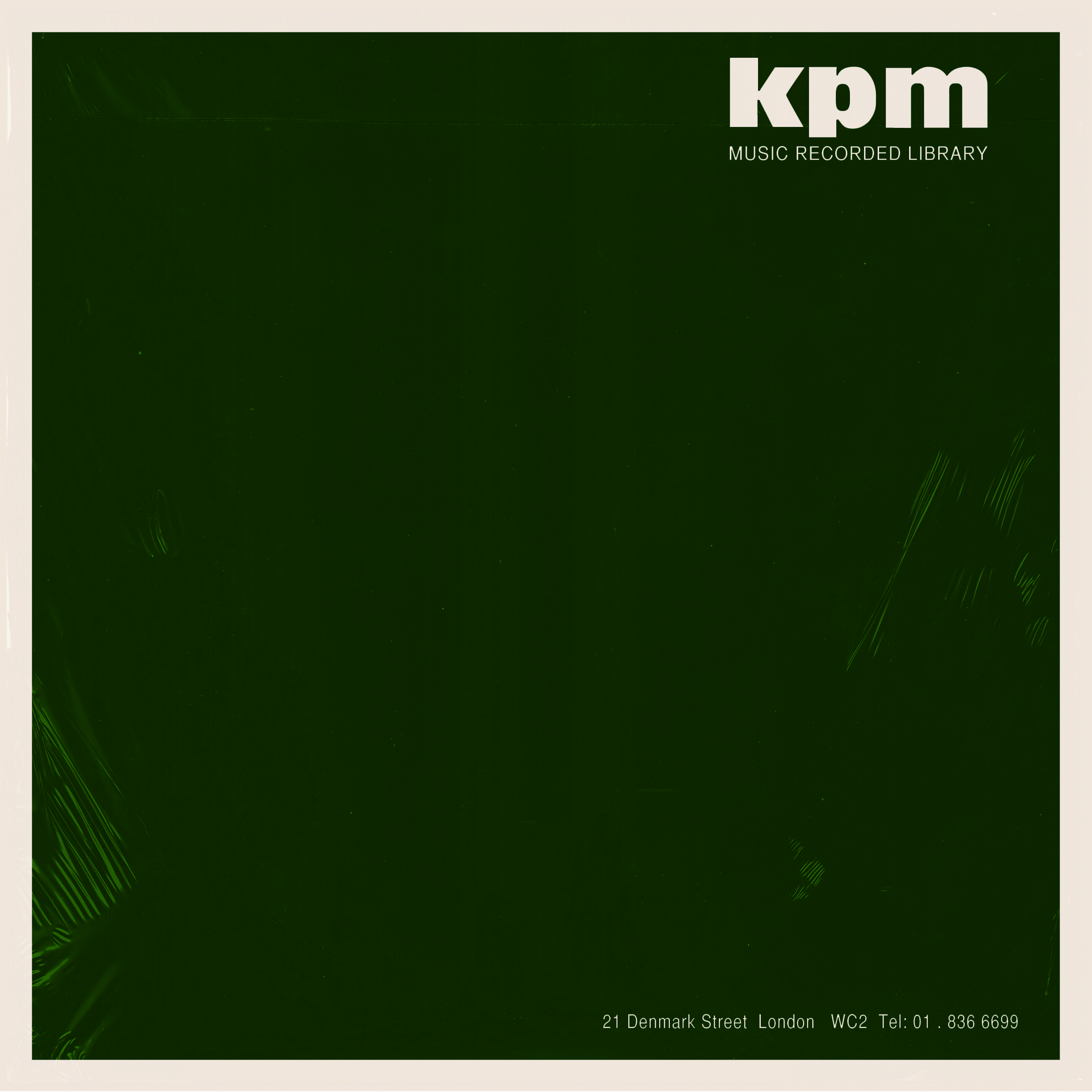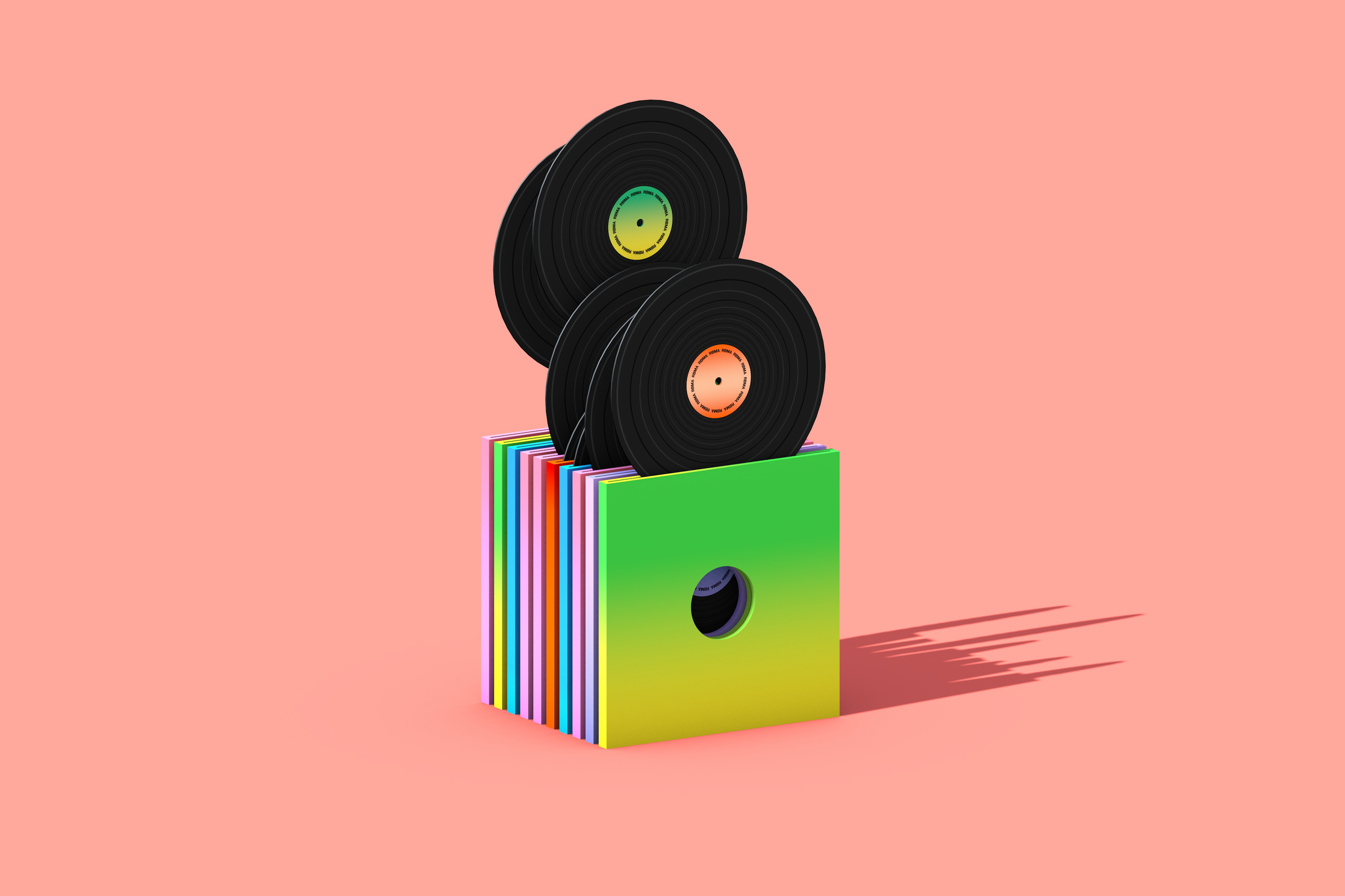Soul Singer and Library Music Vocalist Madeline Bell on Blue Mink and Working with John Lennon
Max Cole sits down with the prolific artist to find out more about secret recording sessions and working with some of music’s biggest names

The career of soul singer, pop starlet and library vocalist extraordinaire Madeline Bell has been a whirlwind of recordings documenting a life lived in front of the microphone, whether on the road or in the studio. Bell has left her distinctive harmonies and vocals on so many albums and sessions, that it’s hard to believe that she hadn’t already pioneered cloning five decades ago. From her early days touring with gospel tour de force the Alex Bradford Singers around the turn of the ’60s, to her own solo career and time with soulful rocking six-piece Blue Mink, to becoming one of the world’s most in-demand session singers, joining everyone from Scott Walker and John Paul Jones to Dusty Springfield, Asha Puthli and Adam F, she’s seen it all.
At 70, Madeline is one of the few remaining figures of a bygone and somewhat magical musical age, and with stories for days and a memory as sharp as a tack, she gives us a behind-the-scenes peek into the studios of old, recalling some of the special sessions and characters that she worked with. Speaking from her Spanish home, she reveals the clandestine world of big studio sessions and nocturnal music makers that shaped the sound of the ’60s and ’70s, from politically-charged rock classics to space disco oddities and sought-after library rarities.
So how did you get into the studio session world?
It really started with Dusty Springfield, and singing backing vocals with Lesley Duncan, Kiki Dee, Kaye Garner and the Breakaways. That’s how we got to know everyone in the first place, because of working together in the studios, even before Blue Mink.
How did you get the gig with Blue Mink?
Well, they had written a few instrumental tracks and thought they could be spiced up with a singer, so we recorded some vocals and that was “Melting Pot.” After that they just asked if I wanted to be part of the group. The lyrics for “Melting Pot” were pretty controversial back then, goodness, no one knew what to do with it. “Take a pinch of white man, wrap him up in black skin...” But after Tony Blackburn played it, it took off. If you ask me, things haven’t changed that much since then – if anything, they’ve gotten worse.
Yes, at least there was a bit more hope back then in the ’70s. And I suppose the chemistry of you all playing together on a powerful song like that was a vibe you could transfer to other studio sessions, for the Voice Of Soul, for example?
Oh yes, being in the studio was always great, whether with Blue Mink, or the Rhythm Section, or the Themes International Band. Alan Parker (Blue Mink guitarist) and myself wrote lots of library music together through the ’60s and ’70s, you know, music for Prisoner Cell Block H and that kind of stuff. I remember we were recording for Blue Mink and Alan handed me a cassette and said “Write some lyrics to this.” I said “I don’t write lyrics Alan,” but he just kept handing me cassette tapes, saying “Write some lyrics, and in 30 years time this will be part of your pension!”
So library music was like the session player’s pension plan?
Yes, he was right! There’s still bits being used on television even today. I remember one session as the Rhythm Section, which was Blue Mink and a couple of other guys including Mike Moran, we went over to Munich, and in two days we recorded 75 60-second long tracks to use for library music. We just churned them out!
There were so many great musicians: Barry Morgan, Herbie Flowers, Alan Hawkshaw, and the prolific Roger Cook and Roger Greenaway. I mean you don’t get much better than that – to me they were second only to Lennon & McCartney.
When I look through all the albums you’ve been involved in, it’s staggering. How did you manage to do all these sessions?
Well, first of all, we were young. We had the stamina, and we would just do the job. That was exactly what it was. It was our job to be in the studio ready to start at 10 AM, and we didn’t mess around. We would finish a session in Barnes at 1 PM, then take the bus to another session for 2:30 PM in Islington. We worked so hard, there was a lot of traveling, but we enjoyed it.
At that time none of the Beatles could go out in the daytime, they always had to record at night... We would start at midnight and finish around 4 AM or 5 AM, just so that George could get home before the masses got up to go to work.
So did that lack of awareness of the project make it easier to work on so many different styles of music? How did you go from the traditional sound of, say, Joe Cocker, to something like Space’s electronic disco sound?
Well, we were doing so much back then, sometimes you were booked and you didn’t even know who it was until we got into the studio. But the producers all knew who they wanted to use for these sessions, so in this case the producer of Space, Jean-Philippe Iliesco, got in touch and booked me to come over to France and do the lead vocal, and I literally learned it and did it that day! Similarly with Giorgio Moroder and Donna Summer. I even recorded something in Olympic Studios for Quincy Jones but I didn’t know who he was! I’m not sure I’d even recognise it if you played it to me. Another time we were booked for a session in Olympic Studios at midnight, and walked in and it was the Stones and “You Can’t Always Get What You Want.” We’d just get to the studio, record, and then be on our way home.
It’s fascinating that these sessions were going on through the night, when the rest of the city was mostly asleep.
Yes! I remember another session for George Harrison and Billy Preston at Abbey Road. At that time none of the Beatles could go out in the daytime, they always had to record at night. It was Billy on keys and tambourine and everything, me and Doris Troy were doing backing vocals, with Eric Clapton on guitar, Ginger Baker on drums, and Klaus Voorman on bass. We would start at midnight and finish around 4 AM or 5 AM, just so that George could get home before the masses got up to go to work.
Didn’t you also record a session with John Lennon?
Oh, that’s another whole story! We were booked for Apple Studios in Savile Row, but John changed his mind and said we would record at his home. So we were bussed out in the rush hour (to Tittenhurst Park), where we were greeted by staff, only to be told that John changed his mind again and he decided to do it at Abbey Road. Food was laid out for us while the bus waited, and I asked to see the white room where he’d recorded “Imagine.” Then we got back on the bus, which took us to Abbey Road. Eventually John came down and we could see what was holding everything up. In the control room, there was an argument going on between Phil Spector and Allen Klein.
Finally, John asked us to sing “Power To The People.” We did it a couple of times before he said that it needs to be really aggressive, and could we stomp our feet and punch our fists in the air? So if you listen to the recording, you can hear us stomping our feet at the intro, while doing the Black Power fist in the air. The only thing that was annoying was that when the record came out, it credited Yoko as one of the backing singers! But what was really great was that we got paid cash the very next day – that was unusual.
It’s remarkable that you were really at the coalface of these historic recordings, as it were. You really had to come up with solutions as the clock was ticking, and bring this “get the job done” attitude to the session.
Yes, exactly. In those days everything was recorded at the same time – the orchestra, backing singers, strings, horns, everyone recorded everything at once. The drummer would be behind a glass screen, the singers would be behind a screen, the soloists would be in a box, and we’d all have headphones on... when you could get headphones for everybody!
That approach seems crazy today. But I guess the performance was even more crucial then.
Yes, it had to be right. When they flagged the tape, which when I think about it, was really primitive back in those days, they had to get it absolutely right. We had to get it right, the engineer had to get it right, the tape op had to get it right. There was no messing about in the studio. I mean, we had fun, and we enjoyed it, but it was also serious work, because time was money.

